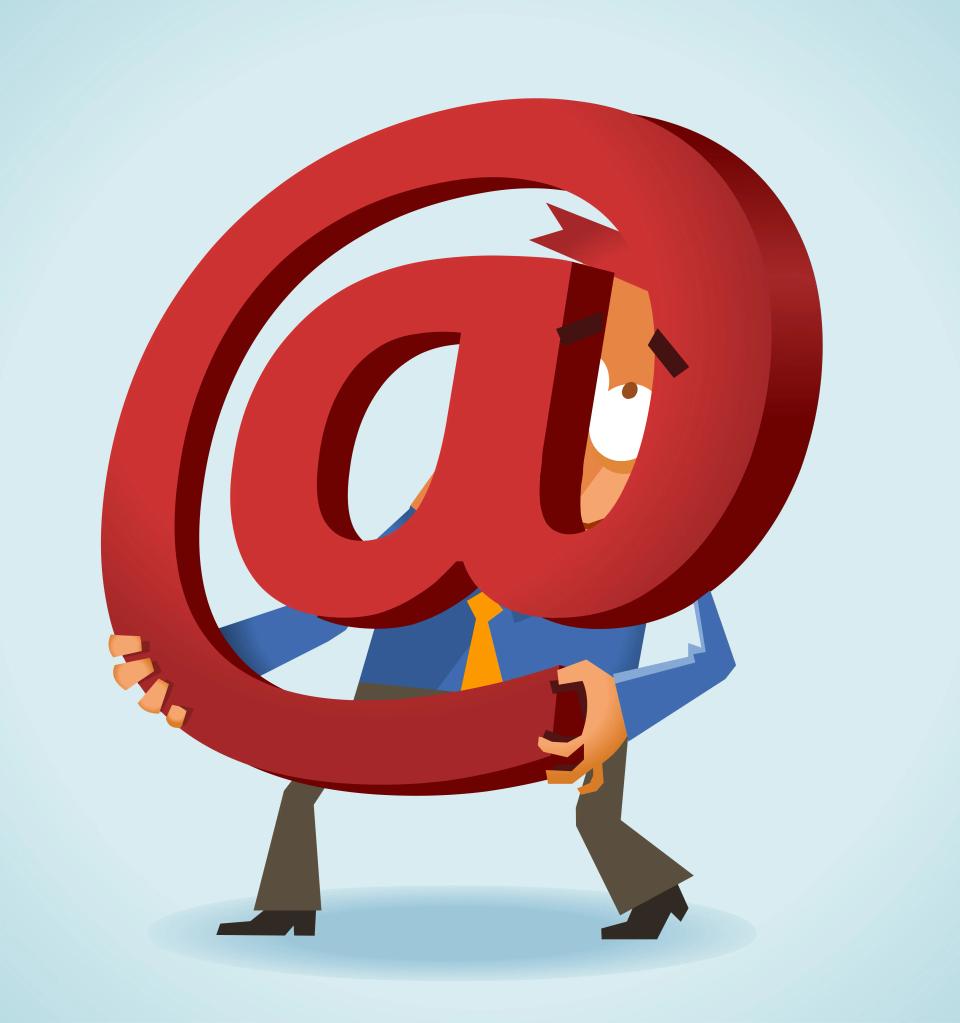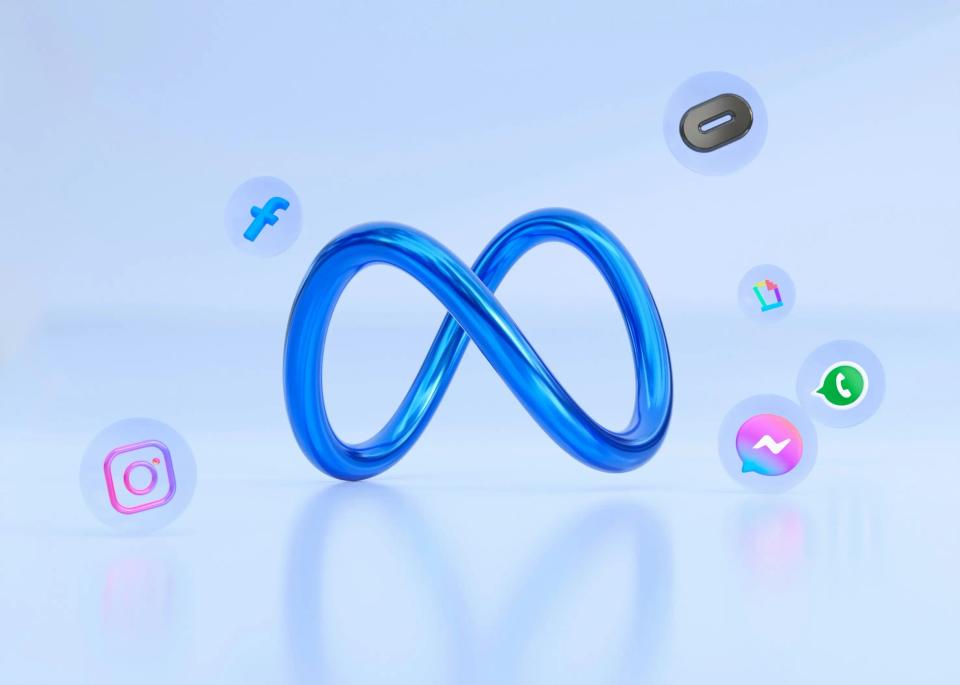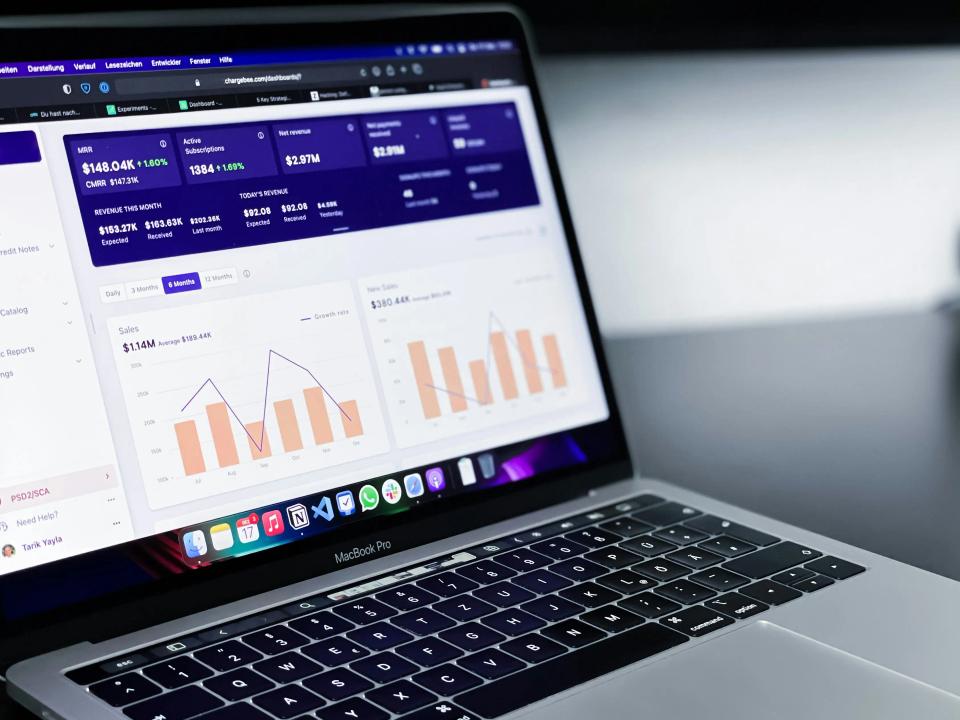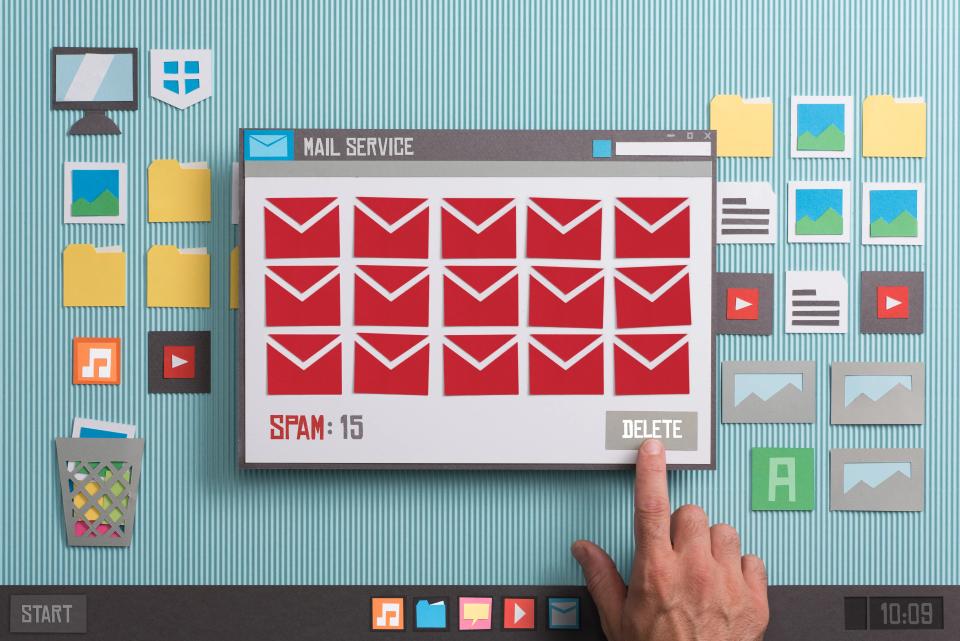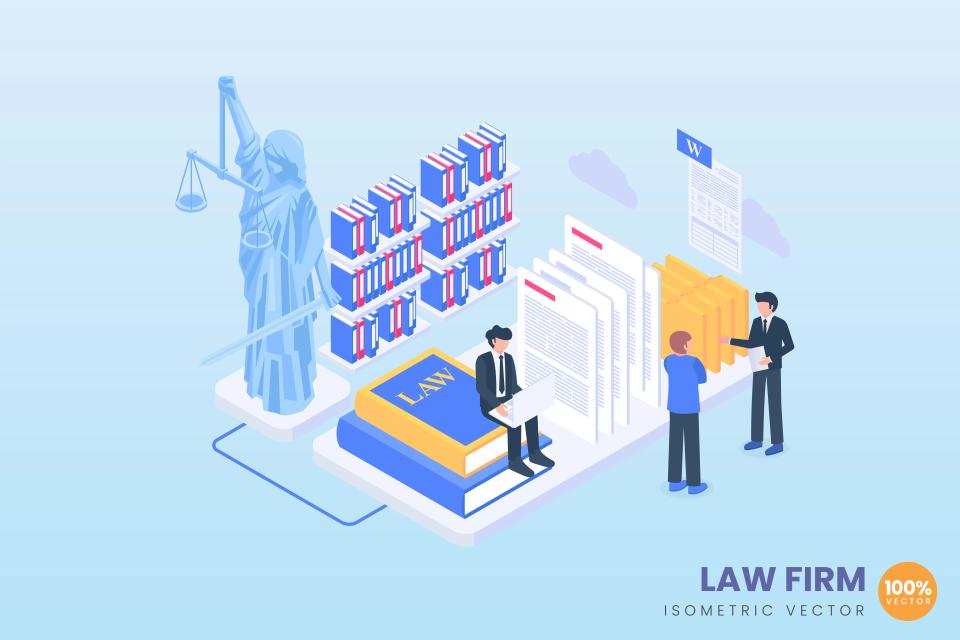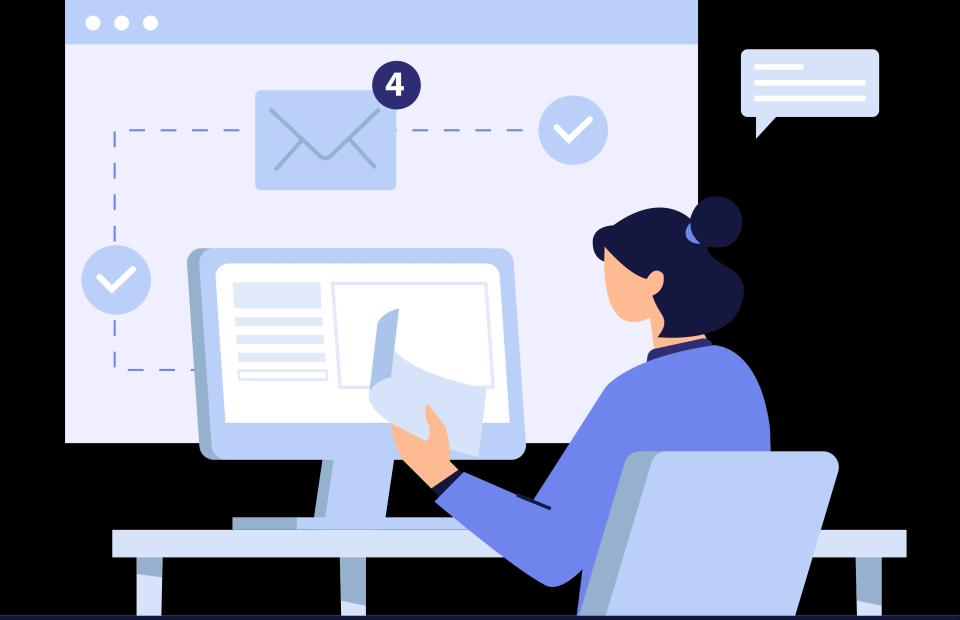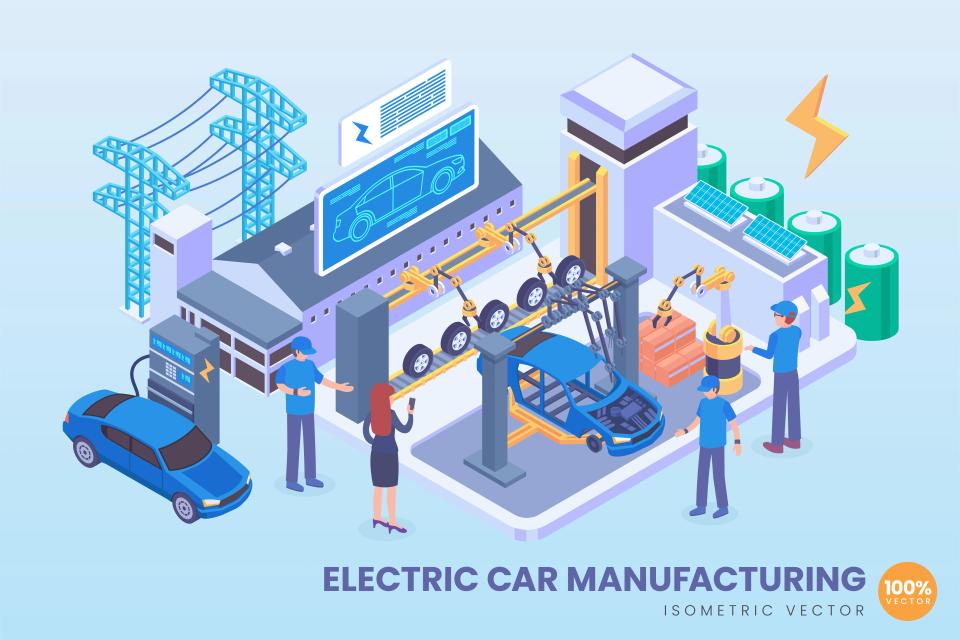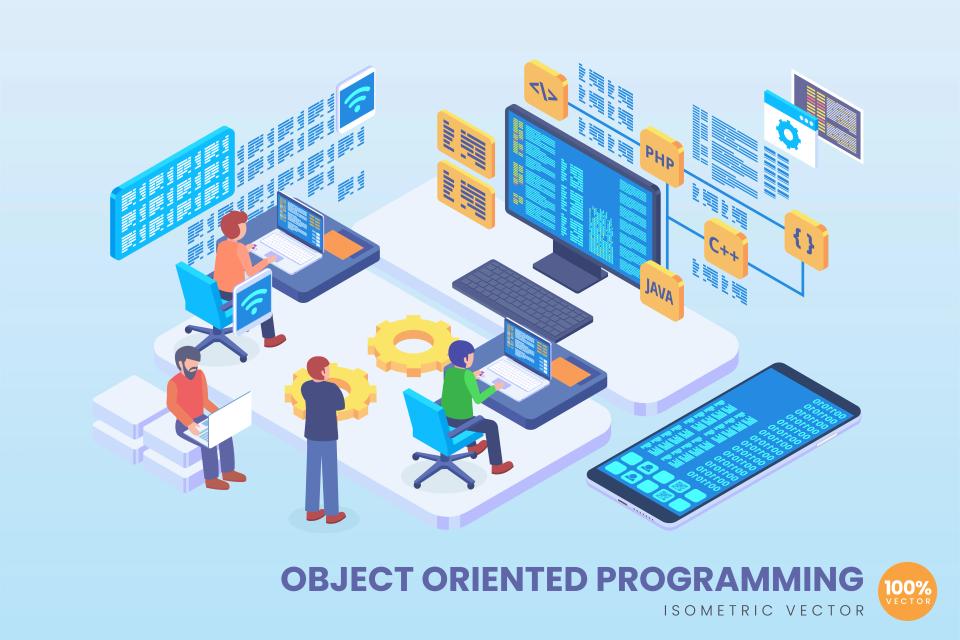Is your cold email outreach hitting a wall of silence? You’ve built the list, crafted the offer, and hit "send," only to be met with… crickets. It’s a frustrating, soul-crushing feeling that makes you question if anyone is even listening.
In today's brutally saturated B2B landscape, your prospects' inboxes are a warzone. Generic, one-size-fits-all emails aren't just ignored; they're deleted on sight. Decision-makers are drowning in noise, and they have zero time for a message that doesn’t scream, “This is for YOU.”
The key to unlocking B2B conversions isn't about sending more emails; it's about sending smarter ones. Hyper-personalization is the strategic shift that transforms a cold, ignored lead into a warm, profitable conversation. This is how you cut through the chaos, command attention, and finally get the replies you deserve.
Why Personalization is Non-Negotiable in B2B Outreach
Let’s be brutally honest. True personalization goes far beyond plugging a {{first_name}} tag into a template and calling it a day. That’s the bare minimum, and in 2025, the bare minimum gets you deleted. Real personalization is about demonstrating genuine research, proving you understand your prospect’s world, and showing you’ve invested more than thirty seconds of your time.
At its core, this is about human psychology. People do business with people they know, like, and trust. A personalized email shows you respect their work, you’ve done your homework, and you aren’t just another spammer blasting a list. It’s a powerful signal that you see them as an individual, not just another entry in your CRM.
The data doesn’t lie. According to Instantly.ai, simply creating personalized subject lines can achieve an average open rate of 35.69%, more than double that of generic ones. At CaptivateClick, our lead generation strategies are built on this principle—every outreach campaign is meticulously tailored because we know it drives superior results, shorter sales cycles, and a higher return on your investment.
The Foundation: Strategic Research for High-Impact Personalization
You can't personalize a message for someone you don't know. Before you write a single word, you must have a crystal-clear picture of your Ideal Customer Profile (ICP). This means knowing their company size, industry, and the specific challenges that keep their decision-makers awake at night.
With your ICP defined, it’s time to become a digital detective and uncover personalization goldmines. Your first stop is LinkedIn, the ultimate B2B intelligence resource. Look for recent posts they’ve shared, articles they’ve written, job changes, company news, or mutual connections you can reference. As detailed in our guide to leveraging LinkedIn outreach for B2B lead generation, this platform is a treasure trove of context.
Don’t stop there. Dig into their company website, specifically the "About Us," "Press," or "Blog" sections for recent announcements or executive quotes. Search for recent interviews or podcast features where they discuss their priorities. Even their company’s job postings can reveal a critical business need; a company hiring a "Head of SEO" clearly has a pain point you can address.
Anatomy of a Perfectly Personalized Cold Email
The Subject Line: Your First Impression
Your subject line is the gatekeeper. Its only job is to be so intriguing and relevant that it earns the click. Forget generic, lazy phrases that blend into the background.
Compare the difference:
- Generic: Quick Question
- Personalized: Your recent post on AI in marketing
- Personalized: Idea for [Company Name]'s lead gen
- Personalized: Mutual connection with [Connection's Name]
The personalized versions prove instantly that this isn't a mass email. They create curiosity and signal that the content inside is tailored specifically for the recipient.
The Opening Line: The Hook that Proves You're Human
This is where the magic happens. Your first sentence is the most critical personalization point in the entire email. It must immediately and undeniably prove that you wrote this email for them and them alone.
Imagine receiving one of these openers:
- "Saw your comment on LinkedIn about the challenges of scaling content production—it really resonated."
- "Congratulations on [Company Name]'s recent Series B funding! A huge milestone."
- "I was impressed by the case study you published with [Client Name]; the results you achieved were outstanding."
An opening like this builds instant rapport. It shows you’re paying attention and that you value their contributions and successes.
The Body: Connecting Their World to Your Solution
Now, you must seamlessly bridge your research to a relevant pain point your solution can solve. This isn't about a hard pitch; it's about connecting the dots for them. According to a detailed guide for B2B cold emailing, frameworks like Problem-Agitation-Solution (PAS) are incredibly effective here.
Structure your body like this:
- Acknowledge their context: "Since you're focused on expanding into the European market..."
- Introduce a relevant problem: "...many companies find that localizing their SEO strategy can be a major hurdle."
- Position your solution: "Our international team at CaptivateClick recently helped [Similar Client] increase their organic traffic in Germany by 70% by tackling this exact challenge."
This structure validates their goals, highlights a potential obstacle, and provides a compelling, data-backed example of how you solve that exact problem.
The Call-to-Action (CTA): Make it Easy to Say "Yes"
Your goal is to start a conversation, not demand a meeting. A high-commitment CTA like "Can you hop on a 30-minute demo call tomorrow?" is intimidating and easy to ignore. Instead, use a low-friction, interest-based question.
Avoid the hard sell and try one of these instead:
- "Is improving your conversion rate a priority for you in Q3?"
- "Open to a brief chat next week to explore if this is a fit?"
These questions are simple to answer and lower the barrier to a reply. Once they click through, ensure your website is ready to convert that interest with effective call-to-action placement techniques.
Scaling Personalization: Quality with Quantity
"But Carolina," you ask, "how can I possibly do this for hundreds of prospects?" The answer is a tiered approach. Not all prospects are created equal, and your personalization efforts should reflect that.
Segment your list into tiers:
- Tier 1 (High-Value Targets): These are your dream clients. Dedicate the time to deep, manual personalization for every element of the email.
- Tier 2 (Good Fit): For this group, personalize the opening line and CTA based on company-level triggers like recent funding, a new product launch, or a major hire.
- Tier 3 (Broad ICP): Personalize based on shared attributes like industry, role, or a common pain point relevant to their entire segment.
You can also leverage the right tools to make this process more efficient. Sales intelligence platforms like LinkedIn Sales Navigator help you find prospects and triggers. Email outreach platforms like Lemlist or Mailshake allow you to use custom fields and snippets effectively, while AI-powered tools can help you write a cold email that works by generating human-like personalization at scale.
From Cold Outreach to Warm Relationships
Let’s bring it all home. Personalization isn't a tactic; it's a strategy rooted in empathy and research. It’s the conscious decision to prioritize quality over quantity, to treat your prospects like people, not numbers on a spreadsheet.
Remember, the goal of a cold email isn't to close a deal on the spot. The goal is to earn a conversation. A thoughtfully tailored, hyper-personalized approach is the single most effective way to cut through the noise and get that conversation started.
Ready to transform your lead generation with an outreach strategy that actually gets replies? The experts at CaptivateClick build and execute tailored email campaigns that drive B2B growth. Schedule your free consultation today.


